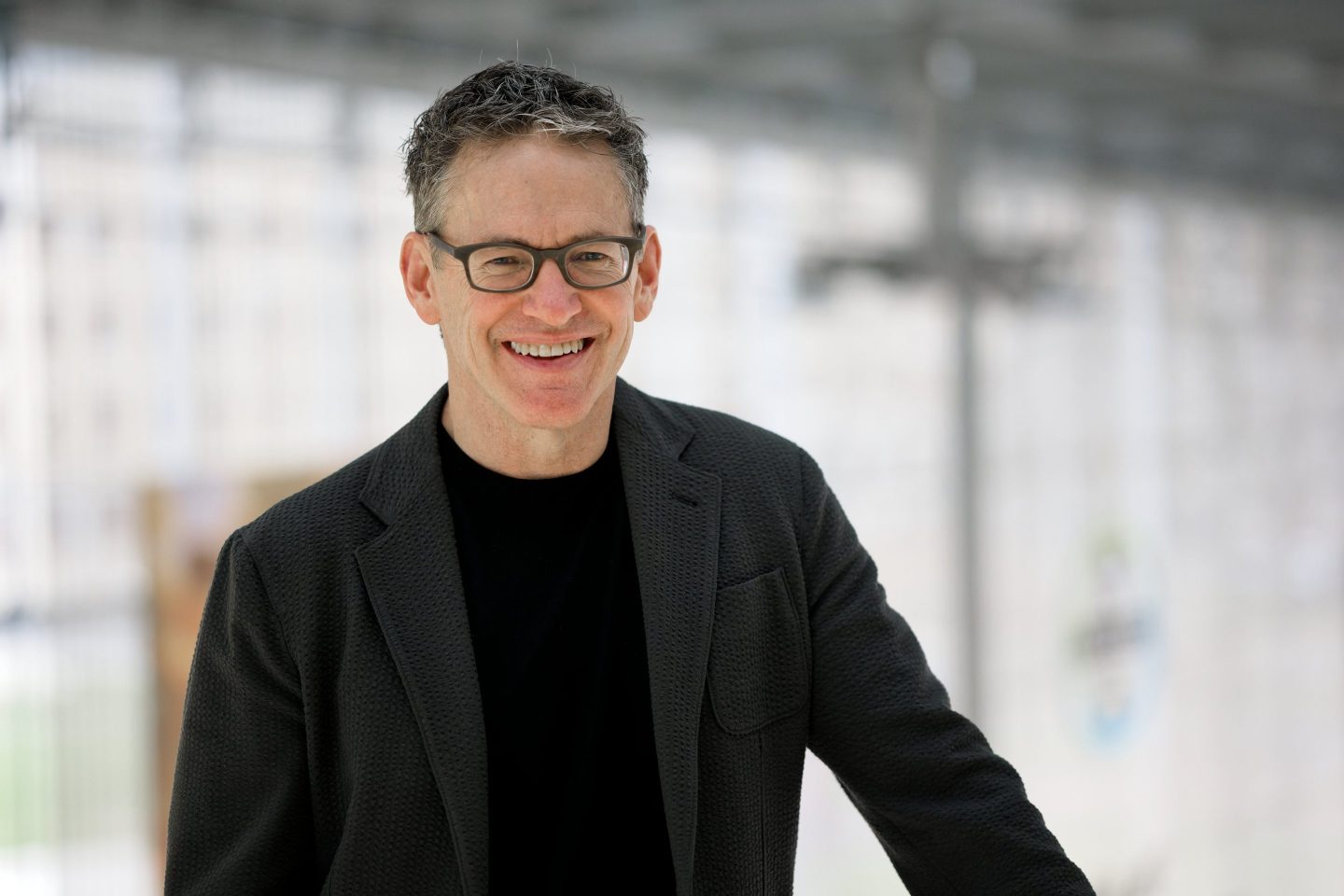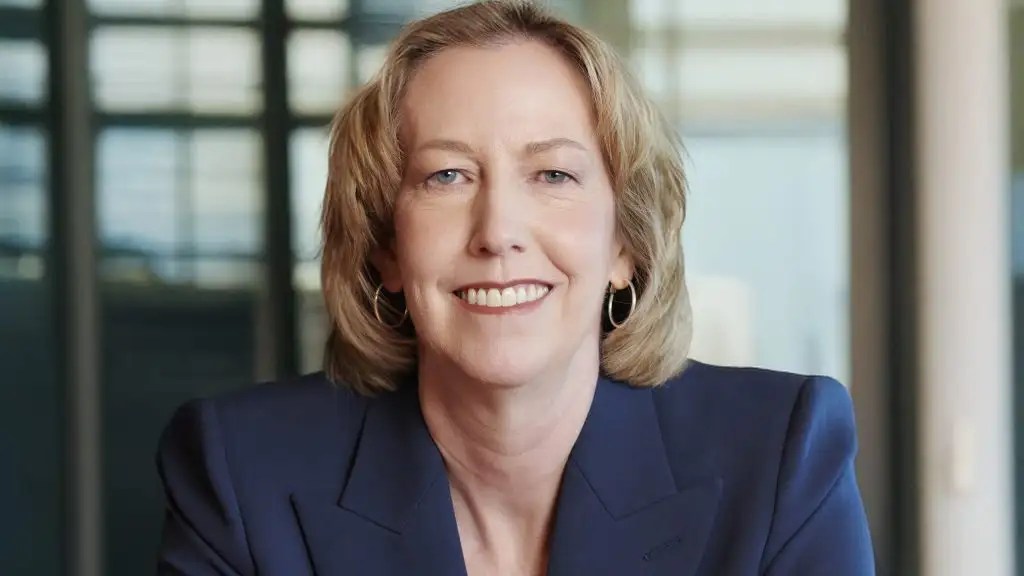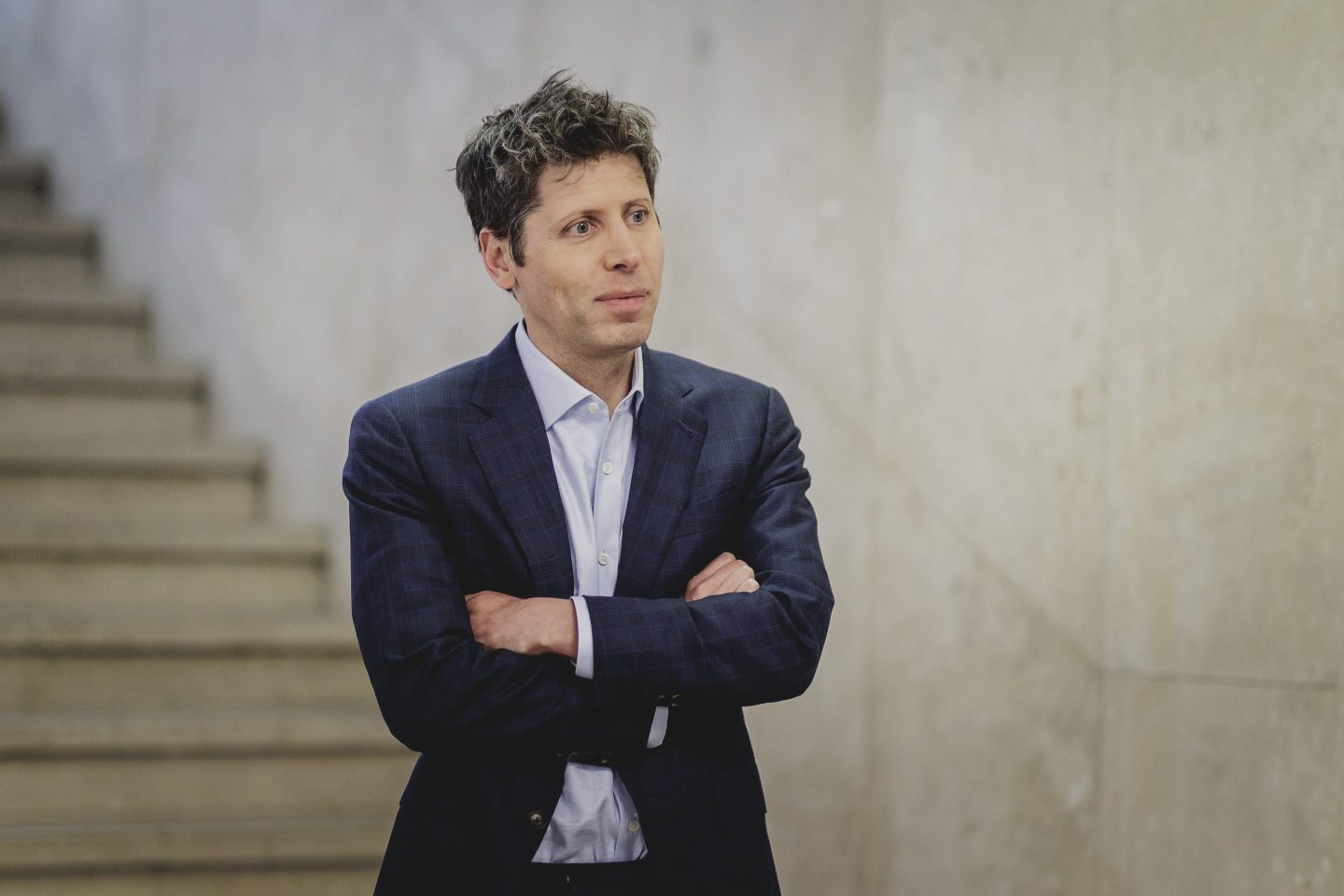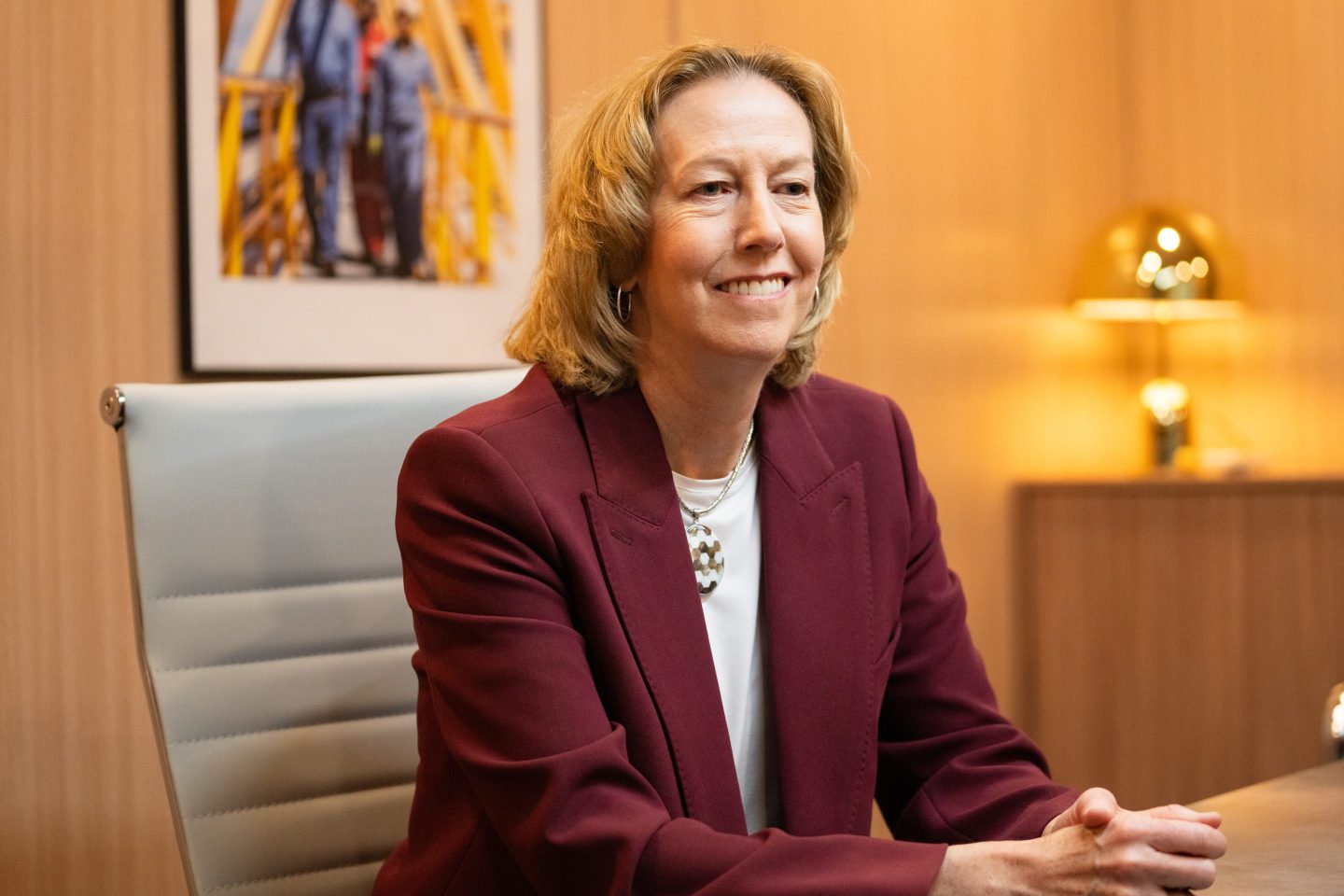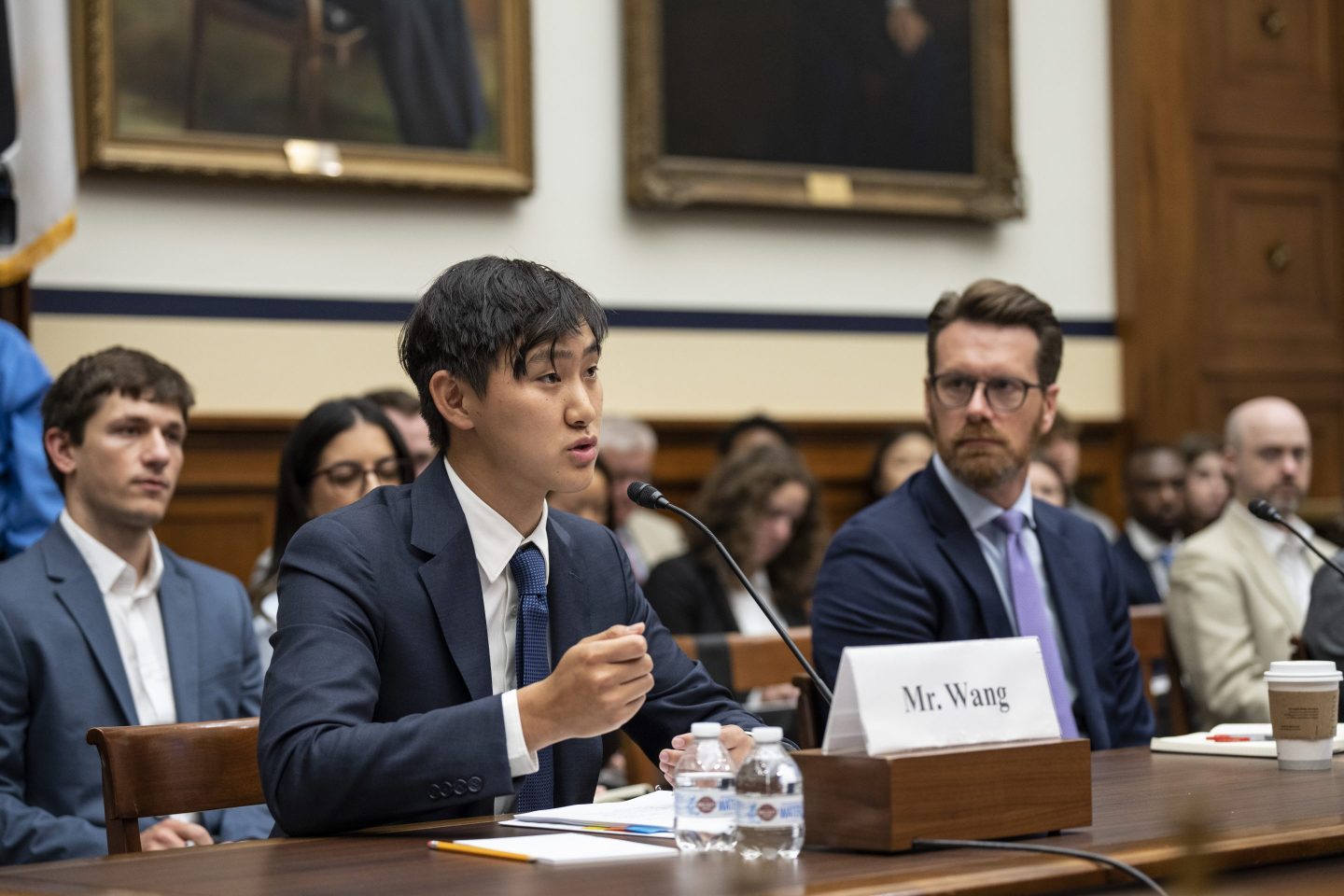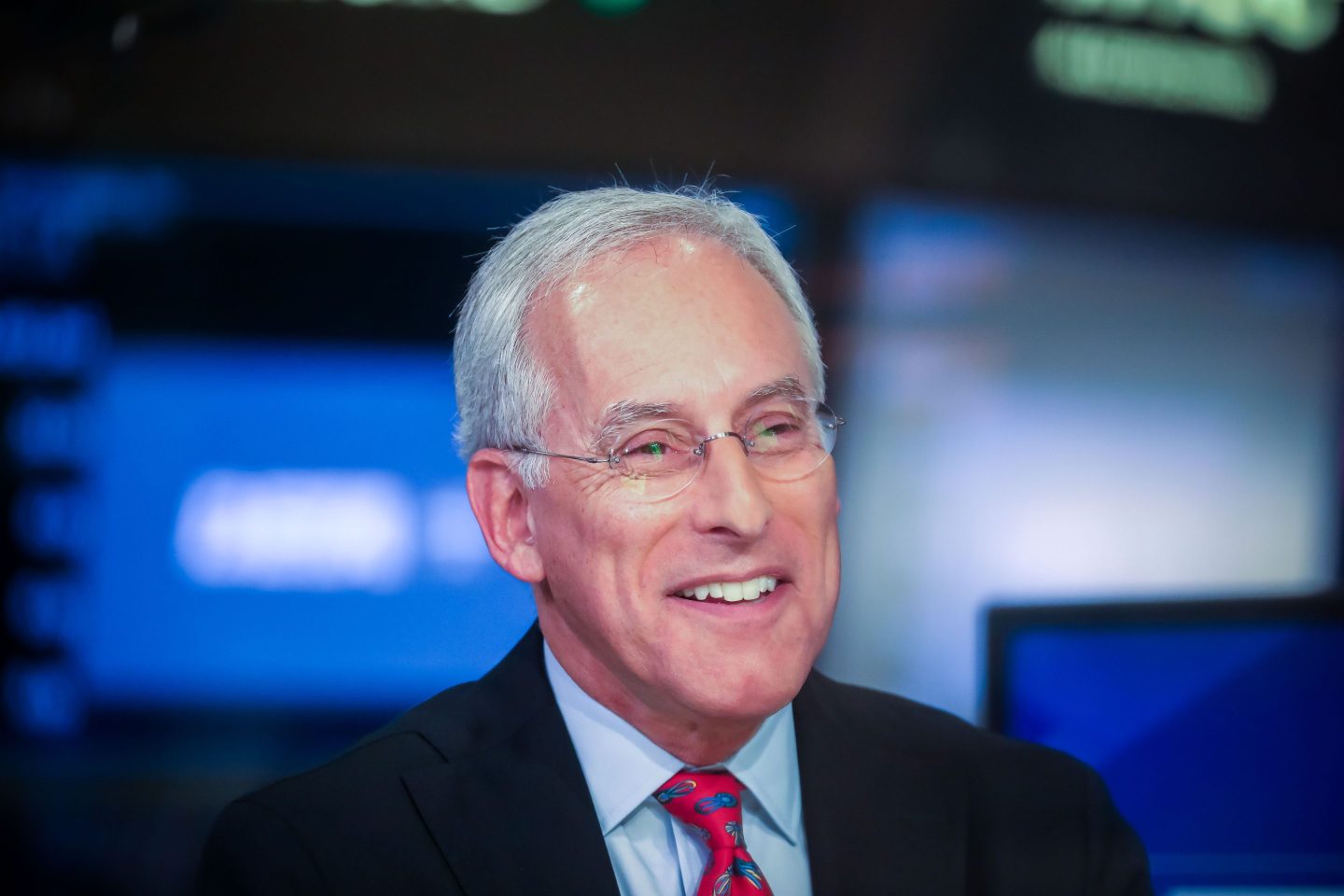Good morning. Lee Clifford here filling in for Sheryl.
When you’ve covered business for a long time, radical corporate strategies tend to get your attention. Whether ahead of their time, truly bizarre, or just plain doomed, it’s certainly interesting to see companies go completely off-script. (The Zappos experiment with “Holocracy” memorably comes to mind.) So I was intrigued to read last year about the radical plan to attack bureaucracy at German pharma company Bayer. The company, which invented aspirin, eliminated nearly all managers and instead asked teams to ‘self-organize’ for 90-day work sprints.
As CEO Bill Anderson wrote for Fortune in an Op-Ed last spring, “Bureaucracy has put Bayer in a stranglehold. Our internal rules for employees span 1,362 pages. We have excellent people, with expertise in a range of disciplines and exceptional commitment to our success. But they are trapped in 12 levels of hierarchy, which puts unnecessary distance between our teams, our customers, and our products.” But little changes, he ventured, would hardly make a difference. “Consider this question: If workers are hobbled by 1,000 rules, does it make a meaningful difference to reduce the rules to only 900? This is why most efforts fail—and why lasting progress requires eliminating all of the rules and then starting fresh with a new approach.”
What he came up with was called “Dynamic Shared Ownership” and resulted in about 5,500 layoffs (mostly managers) bringing the staff down to about 94,500. Instead of budgeting for the year or the quarter, budgets are reassessed and reallocated every 90 days.
So how’s it going one year in? There have been some positive signs, according to the company. In Fortune last spring Anderson cited drug teams radically compressing the time to human trials, or scientists decreasing plant breeding cycles from five years down to four months. Recently he told Business Insider that while layoffs were ongoing, voluntary attrition has dropped. Still, Wall Street doesn’t seem quite convinced, with the stock having been cut roughly in half over the past year.
But as the rest of the business community continues to watch the bold experiment unfold, all you finance types will be relieved to hear that at least one job was considered necessary: CFO Wolfgang Nickl’s contract was extended to May of 2026.
Lee Clifford
Lee.Clifford@fortune.com
The following sections of CFO Daily were curated by Greg McKenna.
Leaderboard
Ryan Stearns was appointed CFO of Sacks Parente Golf (Nasdaq: SPGC), a manufacturer and retailer of golf products, effective Jan. 6. Stearns arrives from JTB Strategic Services, a finance, technology, and human resources consulting firm, where he served as CFO. He held the same role at Medical Innovations, a biotech and medical devices company, from 2017-21.
Gil Labrucherie was appointed CFO of Septerna, Inc. (Nasdaq: SEPN), a clinical-stage biotech company. Labrucherie most recently served as CFO and chief business officer at Acelyrin. Before that, he served as CFO and chief operating officer of Nektar Therapeutics.
Big Deal
Mergers and acquisitions slowed down significantly around the election, but PwC’s US Deals 2025 outlook anticipates that last year’s inconsistent recovery is about to accelerate. Declining interest rates, a large amount of dry powder, a backlog of PE exits, an IPO comeback, and other macro factors bode well for M&A.
However, an incoming administration poised to shake up the status quo on trade, tariffs, and security policies could make the domestic and international deal-making environment extremely volatile, the report warned. It noted three themes that will shape M&A in 2025: the need for companies to justify their valuations, an inflection point for regulatory activity, and the impact of geopolitical unrest on cross-border deals.
Going deeper
Significant risks facing higher education: Getting to the roots of risk is a new report from the Deloitte Center for Government Insights. Key challenges faced by American colleges and universities include the potential reclassification of student-athletes as employees, declining enrollment numbers, high faculty and staff turnover, cybersecurity threats, and more. To address these concerns, institutions are increasingly adopting enterprise risk management, or ERM, which focuses on replacing siloed practices with an integrated approach to identifying, mitigating, and managing risk.
Overheard
“For generations, alcohol has played a central role in the way humans socialise, therefore dominant assumptions and stereotypes surrounding our drinking habits remain deeply ingrained in society.”
— Charles Spence, a professor at the University of Oxford, told Fortune in an interview about how the popularity of non-alcoholic drinks can be undermined by social pressures. Alcohol stocks sold off on Friday after the U.S. surgeon general said that alcoholic beverages should include a warning label about increased cancer risk.
